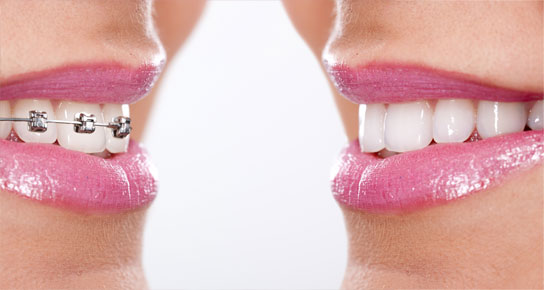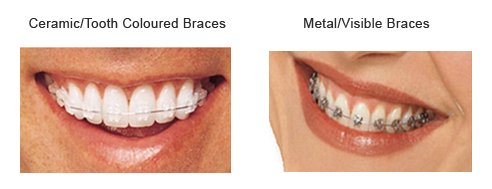Fill out these details and we will get in touch with you at the earliest.
Orthodontics is the oldest of the dental specialties dealing with problems caused by poor alignment of the teeth and jaws.
Its focus is beautifying the face by harmonizing the teeth, muscles, jaws, and jaw joints three dimensionally. Treatment means more than a beautiful smile; it can also aid the health of the teeth and gums.
Orthodontics is that branch of dentistry concerned with prevention, interception and correction of malocclusion of teeth, and/or jaws, and other abnormalities of dentofacial region.

Crooked and crowded teeth are hard to clean and maintain. This may contribute to conditions that cause not only tooth decay but also eventual gum disease and tooth loss. Other orthodontic problems can contribute to abnormal wear of tooth surfaces, inefficient chewing function, excessive stress on gum tissue and the bone that supports the teeth.
The value of an attractive smile should not be underestimated. A pleasing appearance is a vital asset to one’s self-confidence. A person’s self-esteem often improves as treatment brings teeth, lips, and face into proportion.
Any patient presenting following indications may need orthodontic treatment:
Braces are worn by both children and adults, not only to improve the attractiveness of the smile, but also because braces correct improper alignment of teeth that can lead to gum disease and early tooth loss.
The way that our teeth bite together is called the occlusion, and people who have crooked or crowded teeth have a malocclusion.
Orthodontic treatment usually involves wearing an appliance (brace). This puts gentle pressure on specific teeth to move them into the right place.
At the initial appointment, your orthodontist will do a very detailed dental examination. If you have any decayed teeth, these will need to be treated by your family dentist before orthodontic treatment starts.
Orthodontic treatment usually takes between six months and two years, depending on the severity of the problem.
There are different kinds of appliances. Some can be removed while others are fixed in place.Removable braces are made of plastic and usually have wire clips and springs to move specific teeth. In most cases, they are used to move upper teeth. A removable appliance must be taken out to be cleaned, but it should be worn at all other times, including mealtimes and at night.
Fixed braces cannot be removed. They are made of small brackets that are glued to the teeth and joined together with a wire. Fixed braces can be used on upper and lower teeth. Once the treatment is finished, the brackets and glue are cleaned off the teeth.


A relatively new type of orthodontic treatment allows teeth to be straightened using removable, see-through, plastic aligners (Invisalign). This treatment is only suitable for certain cases.
Orthodontics plays an important part in overall management of a child with cleft lip and palate. An Orthodontist provides orthodontic care for children with cleft lip and palate as a part of interdisciplinary management along with oral surgeon, paediatrician, plastic surgeon etc.